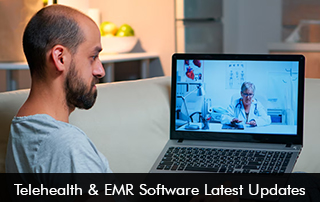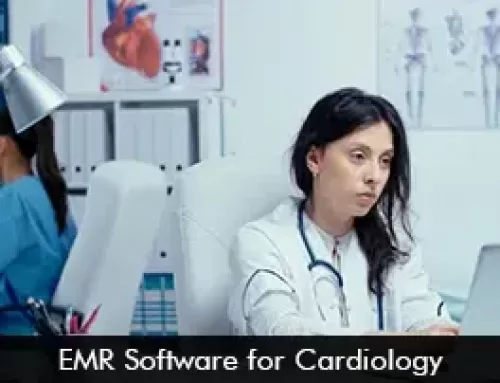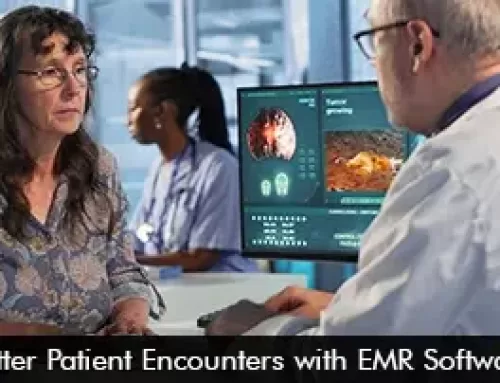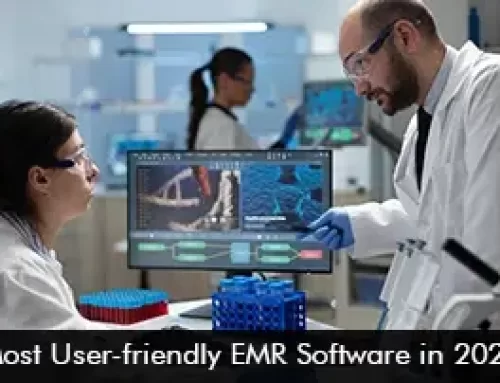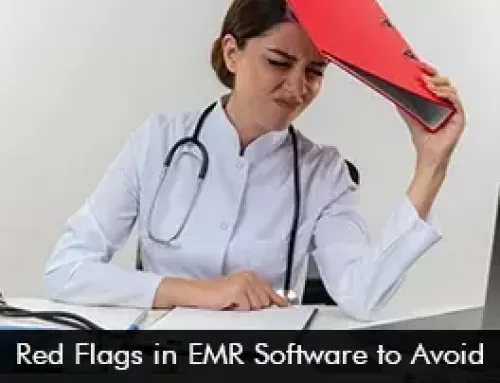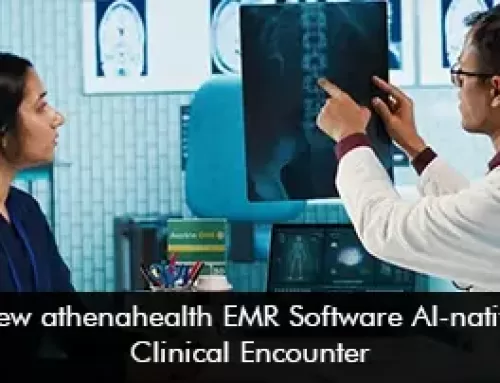As we move through 2025, EMR Software continues to evolve, offering new capabilities that enhance patient care, streamline workflows, and improve accessibility.
In this comprehensive guide, we’ll explore the most significant updates in Telehealth and EMR Software, including AI-powered features, regulatory changes, interoperability breakthroughs, and emerging trends that are reshaping modern healthcare delivery.
1. The Seamless Integration of Telehealth and EMR Software
Real-Time Data Synchronization
Modern platforms now offer:
-
Automatic documentation of telehealth visits directly into patient EMRs
-
Device integration for uploading vitals from remote monitoring tools
-
AI-driven visit summaries that populate relevant fields in the EMR
Enhanced Virtual Care Capabilities
New features include:
-
Smart scheduling that syncs telehealth and in-person appointments
-
Integrated e-prescribing with real-time pharmacy connectivity
-
Automated coding for accurate telehealth billing
2. Cutting-Edge Telehealth EMR Software Developments for 2025
The Rise of Hybrid Care Models
Healthcare providers are adopting:
-
Flexible care pathways combining virtual and in-person visits
-
Specialty-specific telehealth solutions for mental health, chronic care, and post-op follow-ups
-
On-demand virtual urgent care integrated with EMR systems
Advanced Remote Patient Monitoring
Innovations include:
-
Wearable device integration for continuous data collection
-
AI-powered alerts for concerning health trends
-
Automated patient feedback loops through EMR portals
EMR Software Regulatory Updates
Key changes affecting practice:
-
Permanent telehealth coverage for Medicare services
-
Cross-state licensing compacts for broader provider networks
-
Updated reimbursement policies for virtual care services
3. Groundbreaking EMR Software Innovations
AI-Powered Clinical Documentation
Transformative features:
-
Ambient voice recognition that captures natural clinician-patient conversations
-
Automated note generation with structured data entry
-
Smart templates that adapt to specialty workflows
Predictive Analytics and Population Health
New capabilities include:
-
Risk stratification algorithms identify high-need patients
-
Automated care gap notifications for preventive services
-
Public health surveillance tools tracking disease patterns
EMR Software Interoperability Breakthroughs
Major advancements:
-
FHIR API adoption enables seamless data exchange
-
TEFCA compliance for nationwide health information sharing
-
Specialist referral networks built into EMR workflows
4. Overcoming Implementation Challenges
Reducing Clinician Burnout
Proven solutions:
-
Customizable interface designs tailored to specialty needs
-
Voice-assisted charting to minimize typing
-
Intelligent automation of routine documentation tasks
Ensuring Data Security
Critical measures:
-
End-to-end encryption for all telehealth communications
-
Blockchain technology for tamper-proof audit logs
-
Regular security training for all staff members
Navigating Reimbursement Complexities
Effective strategies:
-
EMR-integrated billing tools with telehealth-specific coding
-
Automated eligibility verification for virtual services
-
Regular policy updates on changing reimbursement rules
5. What’s Next for Telehealth EMR Software
AI-Driven Personalized Medicine
Emerging applications:
-
Genomics-integrated EMRs for precision treatment plans
-
Virtual health assistants providing pre-visit triage
-
Predictive intervention systems anticipating health declines
Immersive Technology Integration
Forward-looking developments:
-
VR therapy platforms for mental health treatment
-
3D medical visualization within EMR systems
-
Augmented reality for remote specialist consultations
Global EMR Software Telehealth Expansion
Future trends:
-
Cross-border virtual care networks
-
Multilingual AI interpretation services
-
Standardized international telehealth protocols
Embracing the Digital Care Revolution
The rapid evolution of Telehealth and EMR Software presents unprecedented opportunities to enhance healthcare delivery. By adopting these innovations, providers can:
-
Improve patient outcomes through more accessible, data-driven care
-
Boost operational efficiency with automated workflows
-
Future-proof their practices against industry changes
Healthcare organizations that strategically implement these technologies will lead the charge in delivering higher-quality, more efficient, and patient-centered care.


